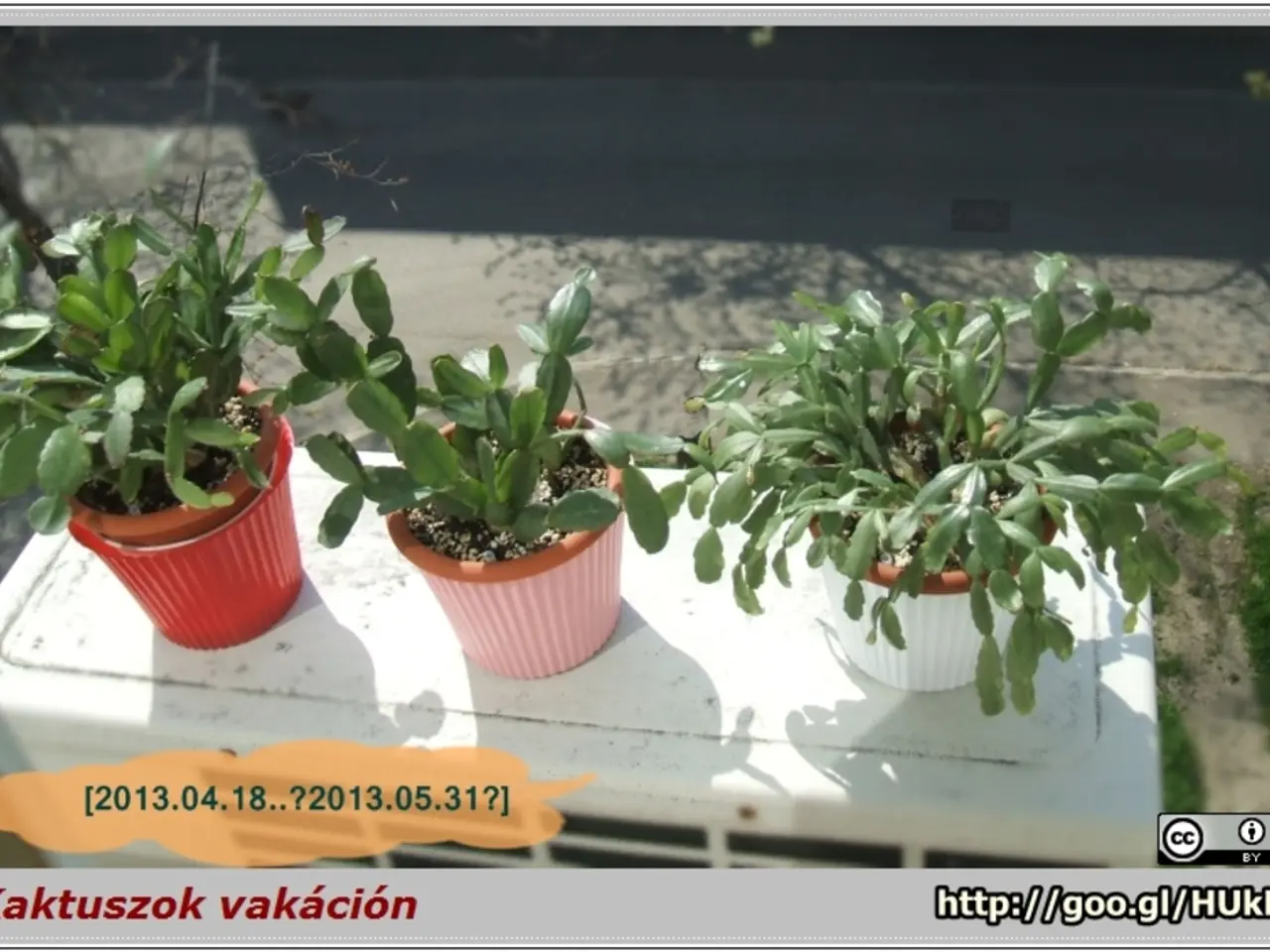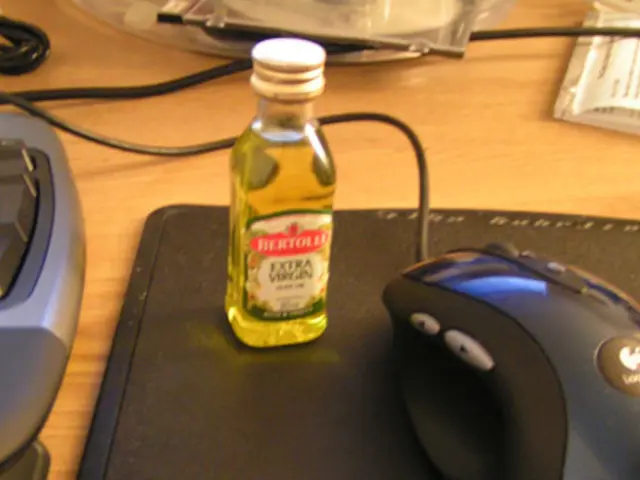NC State Unveils Revolutionary Wearable Plant Patch for Early Disease Detection
Researchers at North Carolina State University have created a revolutionary wearable patch for plants. This innovative device can monitor temperature, humidity, and other environmental factors, as well as detect stress and disease by tracking volatile organic compounds (VOCs) emitted by plants.
The patch, currently in its next-generation phase, can identify 13 different plant VOCs with high accuracy. This allows for customization to detect specific stresses and diseases, making it a versatile tool for plant health management.
The prototype can detect physical damage to plants within just one to three hours and stores monitoring data for later analysis. It has proven effective in detecting late blight disease in tomatoes, reducing detection time from three to four days to mere hours. This continuous monitoring can help limit disease spread and improve crop yields.
The patch is made from relatively low-cost materials, making it a practical and affordable solution for farmers and gardeners. Future versions are set to be solar-powered and capable of wireless data transfer, further enhancing its practicality and ease of use.
The wearable plant patch developed by NC State University researchers is a significant step forward in plant health monitoring. By continuously tracking environmental variables and plant VOCs, it enables early detection of stress and disease, helping to preserve crops and improve agricultural practices. With its low cost and potential for solar power and wireless data transfer, this technology holds great promise for the future of plant care.
Read also:
- Inadequate supply of accessible housing overlooks London's disabled community
- Strange discovery in EU: Rabbits found with unusual appendages resembling tentacles on their heads
- Duration of a Travelling Blood Clot: Time Scale Explained
- Fainting versus Seizures: Overlaps, Distinctions, and Proper Responses






